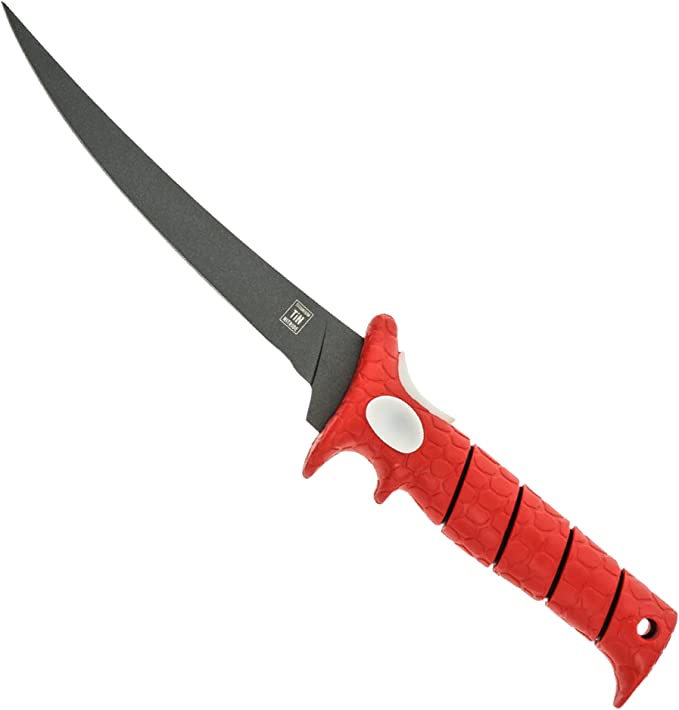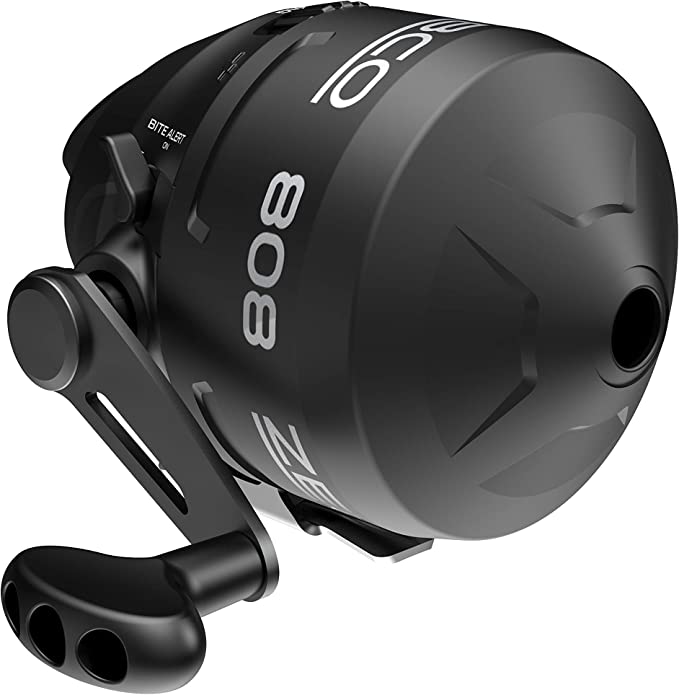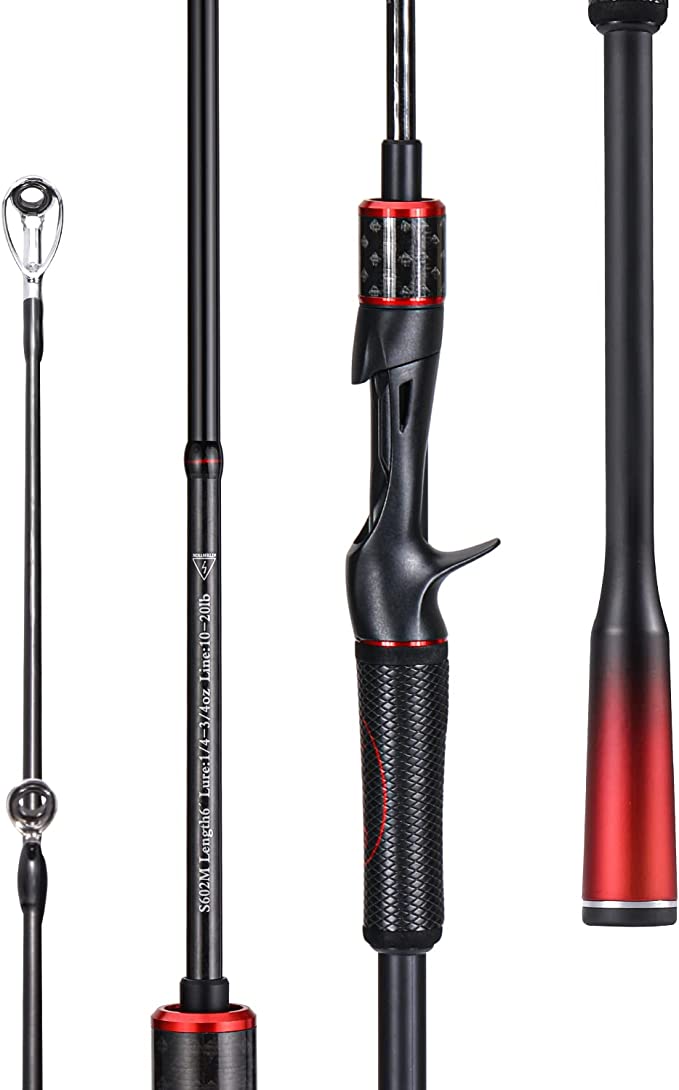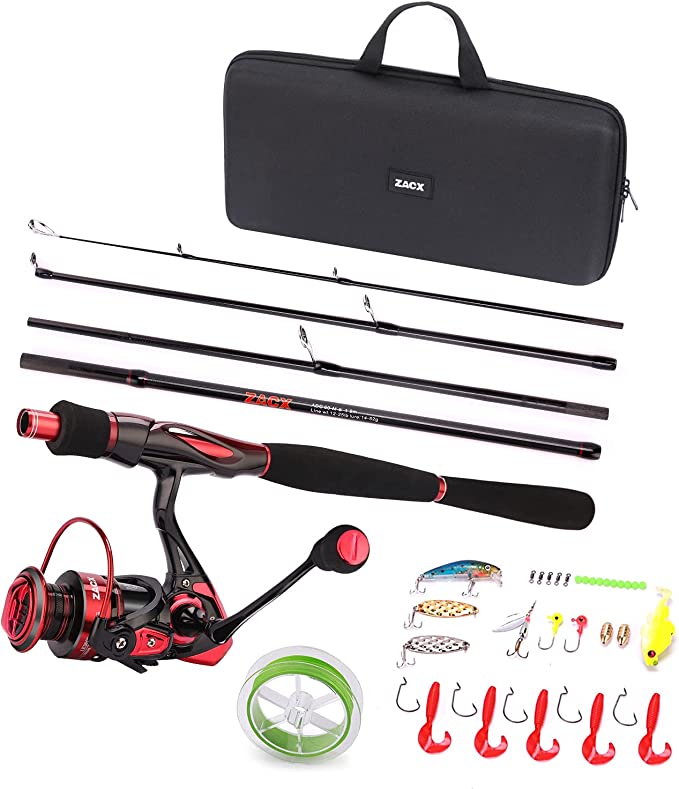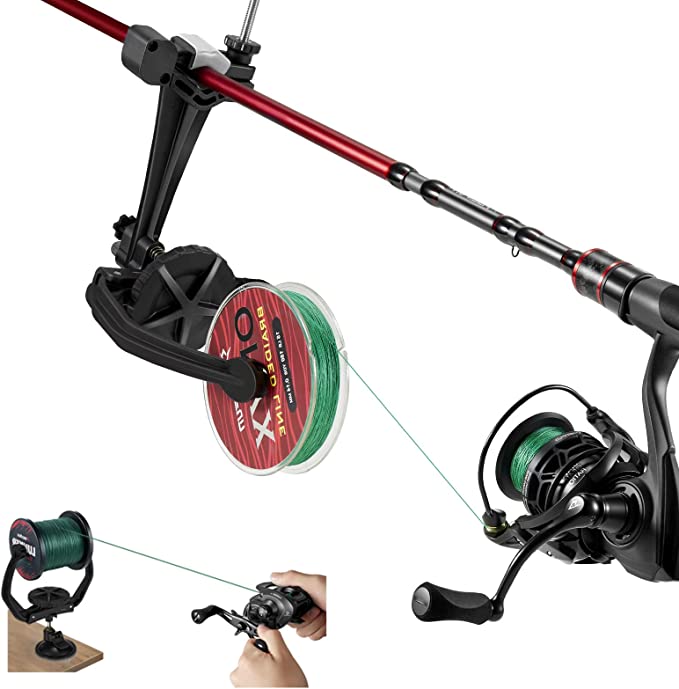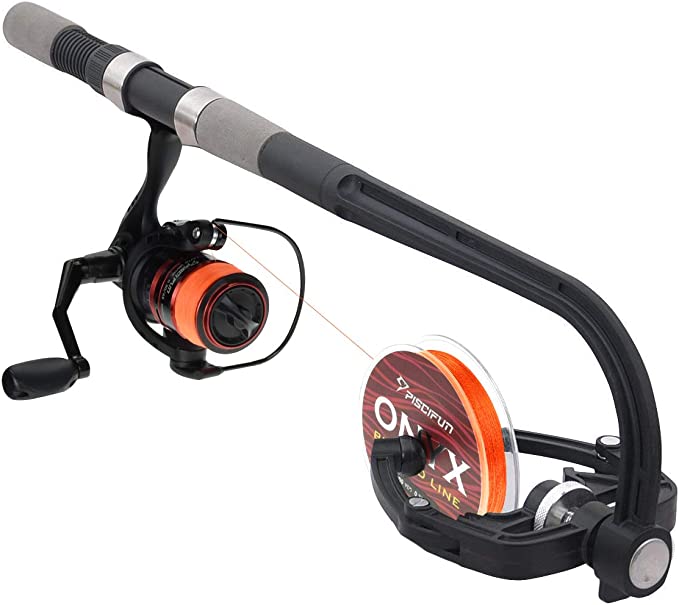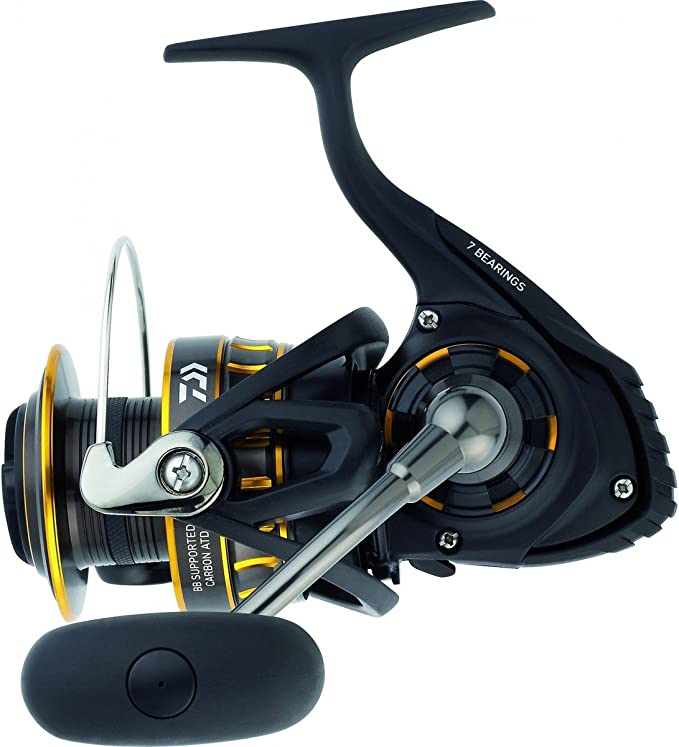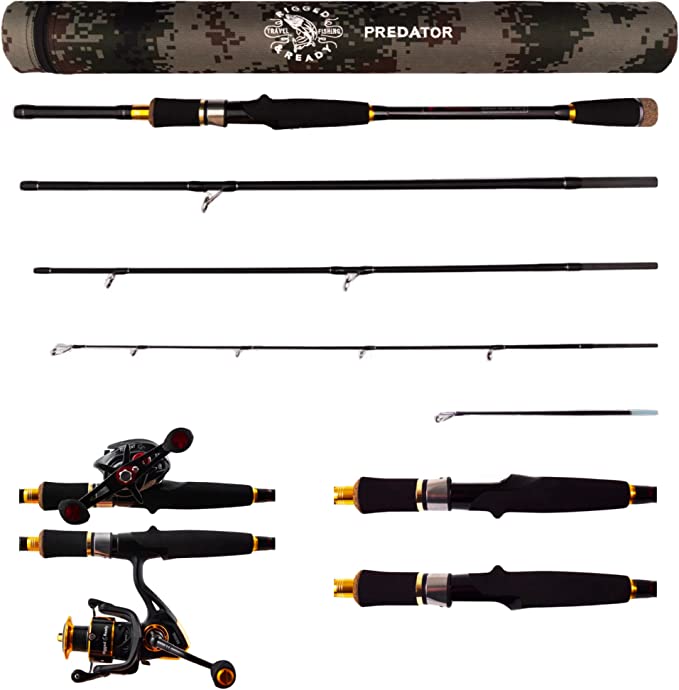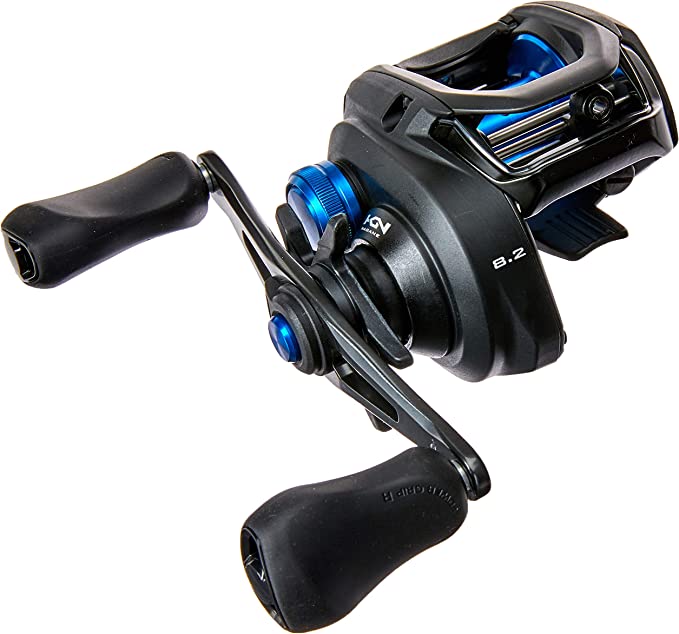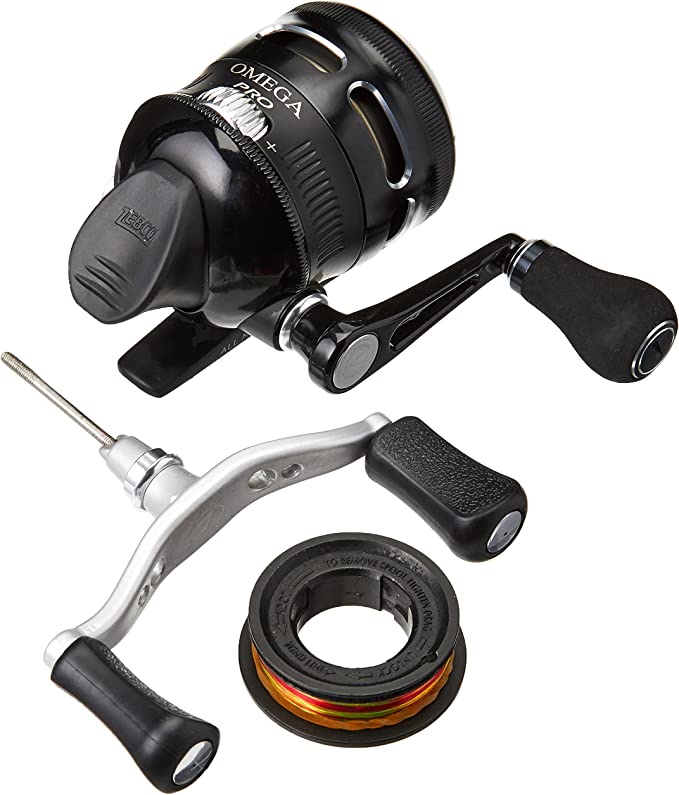Anatomy of a Grip: The Science and Soul of the Modern Fish Gripper
Update on Aug. 2, 2025, 6:25 a.m.
There is a primal moment, unique to angling, that unfolds at the water’s edge. It’s the culmination of patience, skill, and a little bit of luck—the electric connection to a wild creature. But after the thrill of the fight comes a critical juncture, an ethical crossroad where the modern angler is defined. How do you control this powerful, beautiful animal, ensuring its welfare if it is to be released, while protecting yourself from sharp teeth or spiny fins? This ancient dilemma has found a modern answer in a deceptively simple device: the fish gripper. To understand a tool like the ZACX Fish Lip Gripper is to understand the evolution of angling itself—a remarkable convergence of material science, ergonomic design, and a deeply held conservation ethic.
The Weight of History: From Brute Force to Finesse
It wasn’t always about finesse. For centuries, landing a fish was a matter of extraction, often brutal. Anglers used their bare hands, small clubs, or the unforgiving steel hook of a gaff. These tools were ruthlessly efficient, but they belonged to an era when a fish’s value was measured solely on a dinner plate. They were instruments of harvest, not of sport.
The tide began to turn in the mid-20th century, driven by a new consciousness. Visionaries like Lee Wulff, a legendary angler and conservationist, championed a radical idea that would reshape sportfishing forever. He famously declared that a game fish is “too valuable to be caught only once.” This was the genesis of the Catch and Release philosophy. Suddenly, the goal shifted from mere capture to a respectful interaction. This new ethic created a technical vacuum. How could anglers honor this philosophy with tools designed for the opposite purpose? The sport needed a new class of equipment, designed not to kill, but to control and conserve.
Engineering a Conscience: The Anatomy of the Grip
The modern fish gripper is a direct descendant of this ethical shift, a tool where every component tells a scientific story.
The Jaw: The Unseen Shield of Stainless Steel
The business end of the ZACX gripper is made of stainless steel, a choice that goes far beyond a simple resistance to rust. Its secret lies in a remarkable chemical phenomenon known as passivation. The chromium within the steel alloy reacts with oxygen to form an ultra-thin, transparent, and incredibly resilient layer of chromium oxide. This microscopic shield is like a self-healing suit of armor. If scratched, a new protective layer instantly reforms, tenaciously guarding the metal against corrosion, especially in the ion-rich chaos of a saltwater environment.
The Handle: Ergonomics and the Chemistry of Comfort
The point of contact for the angler is the 4.3-inch handle, crafted from EVA (Ethylene-vinyl acetate). This is not just any foam. As a copolymer, EVA blends the flexibility of ethylene with the stability of vinyl acetate at a molecular level. This creates a material with exceptional stress resistance and cushioning properties. Its closed-cell foam structure means it is physically incapable of absorbing water, ensuring a secure, non-slip grip when wet. This application of polymer science and ergonomics directly translates into reduced hand fatigue and confident control, allowing the angler to focus on the fish, not on a failing grip.
The Mechanism: The Elegant Physics of Control
The T-handle design operates on one of humanity’s oldest scientific understandings: the Lever Principle. A small amount of force applied to the trigger is multiplied at the jaws, allowing for secure, one-handed operation without a Herculean squeeze. This action is driven by a spring, a simple reservoir of potential energy whose behavior is perfectly described by Hooke’s Law. It’s an elegant system where fundamental physics is harnessed to create effortless and predictable control.
The Biology of a Gentle Hold: Why It Matters to the Fish
The true genius of the fish gripper, however, lies in the problems it solves for the fish. Its design is a nod to ichthyology—the study of fish.
A fish’s primary defense against the microbial world is its slime coat. This layer of mucus is a biological marvel, a combination “spacesuit” and external immune system that protects against parasites and bacteria while playing a crucial role in osmoregulation (maintaining its body’s salt-to-water balance). Grasping a fish’s body with a dry hand or a coarse glove can strip this vital layer, leaving it vulnerable to infection long after it swims away. The lip gripper avoids this entirely, securing the fish by its tough, bony lower jaw—a relatively safe and less vital area.
By providing stable control, the tool allows for faster hook removal, which is critical. A fish out of water is in a state of anoxia (lack of oxygen), and its muscles rapidly build up performance-killing lactic acid. Minimizing airtime directly and dramatically increases its chances of a healthy, vigorous survival post-release.
The Crucible of Reality: Performance and the Philosophy of “Good Enough”
No tool is without its limits, and understanding them is as important as appreciating its strengths. User reports confirm the ZACX gripper excels in its intended role—safely managing toothy chain pickerel and spiny catfish. It solves real-world safety problems for the everyday angler.
Yet, one user’s account of a “10 lb catfish” twisting the jaw reveals a crucial insight into design philosophy. This is not a failure of the tool, but a case study in engineering trade-offs. To build a gripper that could withstand the torque of a giant flathead or winch a saltwater grouper would require thicker steel and a heavier build, sacrificing the light weight, affordability, and nimble handling that make it perfect for 95% of freshwater and inshore situations. Its limits are a deliberate part of its design, an intelligent balance of cost, weight, and strength for its target purpose.
Conclusion: More Than a Tool, A Statement
The modern fish gripper is far more than a simple clamp. It is a handheld testament to a century of evolving angling ethics. It embodies the shift from conquest to conservation, from brute force to thoughtful technique. In its stainless steel jaws, we see the quiet work of chemistry. In its comfortable handle, the application of ergonomics. And in its very function, a deep respect for the biology of the creature it is designed to hold.
Choosing to carry a tool like this is part of the modern angler’s craft. It is a quiet declaration that how we fish matters just as much as if we catch. It’s about holding respect in your hand, and then letting it swim away.


